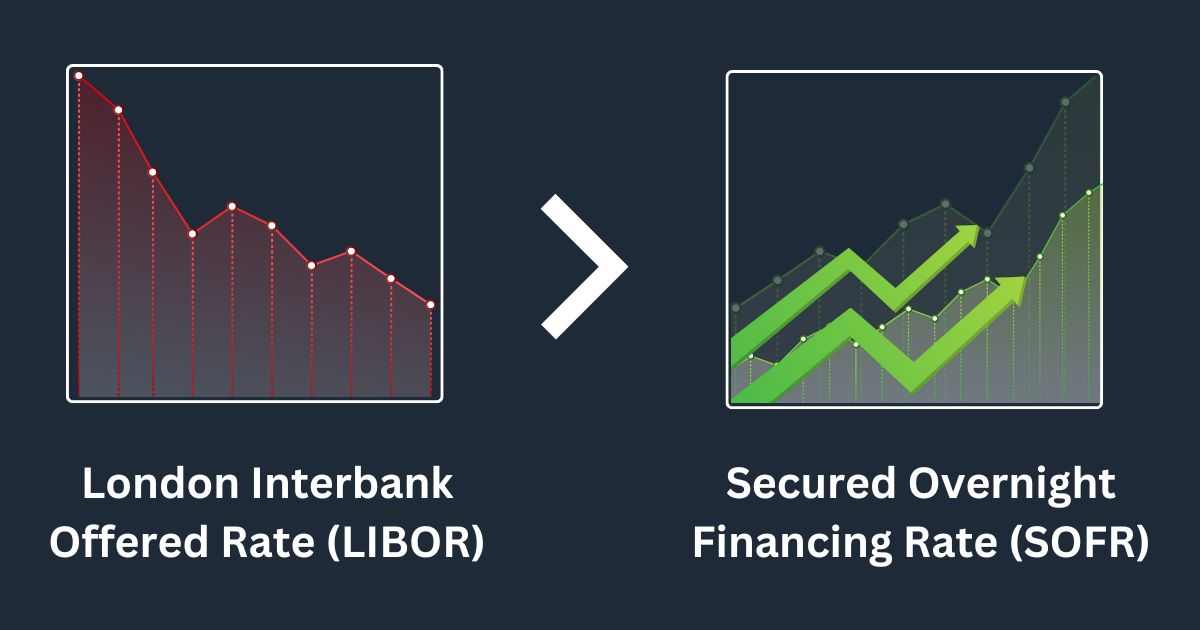Understanding the jurisdiction of Goods and Services Tax (GST) is crucial to ensure the timely filing of returns, applications, and assessments, and to avail of tax-related benefits. To streamline the process of GST registration for businesses and professionals, the Indian government has divided the country into distinct jurisdictions based on geographical location, PIN code, and separate districts.
Taxpayers are required to identify the proper jurisdiction where their business entity is established. The government is able to properly oversee and control the GST system thanks to this classification, which also gives businesses the resources and tools they need to abide by tax laws and regulations. Taxpayers can minimize penalties, optimise tax credits, and take advantage of the various government tax incentives by being aware of their GST jurisdictions.
Under the GST, the states or unions are to use their GST state code. The government has divided the authorities into regional units with PIN codes of distinct locations and a range of regions in order to simplify obtaining GST registration. Generally, the taxpayer must declare a business establishment’s approval when making a registration.
In this article, we will see the GST state code list and the gst jurisdiction. So hang tight!!
GST State Code List
You must be aware of GSTIN (Goods and Services Tax Identification Number), it is a unique 15-character alphanumeric identification number for every individual liable to tax under GST law. The first two characters of GST identification number represent the code for a particular state.
When the taxpayers enrol for GST and submit tax invoices for returns, they should have a look at the GST state identifier list. Full list of GST State Codes is given below:
| S.No | Name of the State | State Code in GSTIN(first two digits) | Short Form |
|---|---|---|---|
| 1 | Andhra Pradesh | 37 | AD |
| 2 | Arunachal Pradesh | 12 | AR |
| 3 | Assam | 18 | AS |
| 4 | Bihar | 10 | BR |
| 5 | Chattisgarh | 22 | CG |
| 6 | Delhi | 7 | DL |
| 7 | Goa | 30 | GA |
| 8 | Gujarat | 24 | GJ |
| 9 | Haryana | 6 | HR |
| 10 | Himachal Pradesh | 2 | HP |
| 11 | Jammu and Kashmir | 1 | JK |
| 12 | Jharkhand | 20 | JH |
| 13 | Karnataka | 29 | KA |
| 14 | Kerala | 32 | KL |
| 15 | Lakshadweep Islands | 31 | LD |
| 16 | Madhya Pradesh | 23 | MP |
| 17 | Maharashtra | 27 | MH |
| 18 | Manipur | 14 | MN |
| 19 | Meghalaya | 17 | ML |
| 20 | Mizoram | 15 | MZ |
| 21 | Nagaland | 13 | NL |
| 22 | Odisha | 21 | OD |
| 23 | Pondicherry | 34 | PY |
| 24 | Punjab | 3 | PB |
| 25 | Rajasthan | 8 | RJ |
| 26 | Sikkim | 11 | SK |
| 27 | Tamil Nadu | 33 | TN |
| 28 | Telangana | 36 | TS |
| 29 | Tripura | 16 | TR |
| 30 | Uttar Pradesh | 9 | UP |
| 31 | Uttarakhand | 5 | UK |
| 32 | West Bengal | 19 | WB |
Here is the GST code list for the Union Territories:
| S.No | Name of the State | State/ Union Code in GSTIN (first two digits) | Short Form |
|---|---|---|---|
| 1 | Andaman and Nicobar Islands | 35 | AN |
| 2 | Chandigarh | 4 | CH |
| 3 | Dadra & Naga Haveli and Daman & Diu | 26 | DNHDD |
| 4 | Ladakh | 38 | LA |
| 5 | Other Territory | 97 | OT |
What is the Need for GST State Code list:

As GST was conceived with a single idea in mind and that was a single taxation system to eliminate the cascading effects of the tax. GST has three types of taxes – CGST, SGST, and IGST. These three types of taxes under GST are levied inter-state and intra-state (CGST and SGST are levied for intra-state and IGST is levied for Inter-state). Also the place of supply or the place where the item is getting delivered is quite important in the GST regime.
To prevent confusion with the supply location, a unique location identification method was devised. The GST state codes make tax computation easy.
Let’s understand this concept with an example:
Adhreera with a GST number 29BHXPS3400N3Z7 sells 100 laptops to Manikarnika with a GST number 10DEKDK3900D4Z2. From their GST number, their state codes are 29- Karnataka and 10- Bihar respectively. So it is clear that the delivery will be interstate and hence IGST will be levied.
If their state codes would have been the same then CGST and SGST would be levied. Thus just with the GST numbers of the suppliers and buyers you can find out their respective states and figure out the tax.
Suggested Read: GST Certificate Download: How to Download GST Certificate Online 2023
GST jurisdictions

Central and state jurisdictions are two different categories of jurisdiction. State jurisdictions are the control that individual state governments have over their respective territories, whereas central jurisdiction is under the direct control of the national government.
When it comes to tax collection, the state government is in charge of collecting taxes from 90% of taxpayers whose total turnover falls below Rs.1.5 crore rupees. The centre is responsible for the remaining 10%.
The state and central government split evenly among taxpayers with annual incomes of more than 1.5 crore rupees.
A stratified random sampling strategy is used by computer programmes at the state level to assign taxpayers to the proper jurisdiction. This approach considers the taxpayer’s physical location as well as the kind of registration they have.
The jurisdictions covered by the GST are divided into four levels based on the hierarchical structure of their populations: zones, commissionerates, division offices, and range offices. By using these classifications, it is possible to make sure that taxpayers are assigned to the proper jurisdiction and are subject to the right tax laws and rates.
For a full GST jurisdiction List click here.
Find your GST Jurisdiction
On the website of the Central Board of Indirect Taxes (CBIDT), you can use the following methods to determine your GST jurisdiction in India:
Step 1: Go to the “services” page after logging in to the GST CBIDT website.
Step 2: Click “know your jurisdiction” from the drop-down menu.
Step 3: Choose your state from the screen’s left column.
Step 4: Choose the commissioner’s office and your zone.
Step 5: Finally, find your GST jurisdiction by choosing the proper options from the drop-down lists.
Suggested Read: Advantages and Disadvantages of GST: Updated[2023] | OneNDF
How to locate GST Jurisdiction?
There are numerous methods to take into account when establishing the proper GST jurisdiction for a taxpayer or GSTIN. To avoid any problems or confusion later, it is essential that the taxpayer give precise and comprehensive address information when registering for GST.
One way is to carry out a GST state jurisdictions search, which entails identifying the appropriate state jurisdiction prior to registering for GST.
A GST Central Jurisdiction search is another option. The taxpayer is responsible for determining if their company is subject to the central regulatory authority’s jurisdiction. The Central Board of Indirect Taxes and Customs (CBIC) offers a website named “Know your Jurisdiction” that makes it simple for users to locate their central jurisdiction to assist with this.
Taxpayers must take care to choose the correct jurisdiction because doing so can affect the laws and tax rates that apply to their company. Taxpayers can save time and maintain compliance with GST requirements by taking the time to conduct a comprehensive search and supply accurate information during registration.
On the website of the Central Board of Indirect Taxes (CBIDT), you can use the following methods to determine your GST jurisdiction in India:
Step 1: Go to the “services” page after logging in to the GST CBIDT website.
Step 2: Click “know your jurisdiction” from the drop-down menu.
Step 3: Choose your state from the screen’s left column.
Step 4: Choose the commissioner’s office and your zone.
Step 5: Finally, find your GST jurisdiction by choosing the proper options from the drop-down lists.
Final words
For taxpayers, the GST collection process is simple thanks to the State Code and the relevant jurisdiction. Businesses must understand the GST State Code list in order to successfully process GST invoices.
Suggested Read:
- What is SSI? Small-Scale Industries Explained
- What is Loan Resource App: Benefits, Comparison & How to Apply
- 70+ Best RBI Approved Loan Apps In India [2023]
- Fake loan app list: 500+ apps you should avoid at any cost
- MSME Advantages and Disadvantages: Unlocking the potential of MSMEs in India
FAQs
What is 27 state code of GST?
27 is the GST state code for Orissa.
What is state 23 in GST?
23 is the GST state code for Madhya Pradesh.
Which state code is 24 GST?
24 is the GST state code for Manipur.
What is GST limit?
This cap for service providers is set at Rs. 20 lakhs for states in the normal category and Rs. 10 lakhs for states in the special category.
Which GST code is 9?
09 is the GST state code for Uttar Pradesh.
Which day GST started in India?
The historic Budget Address of February 28, 2006, in which the then-Finance Minister set April 1, 2010, as the date for the implementation of GST in the nation, served as the impetus for its introduction.
What is jurisdiction of any state?
The term “jurisdiction” describes a State’s capacity to enact and uphold its laws.
What is the state code in gst for Jammu and Kashmir?
The GST state code Jammu and Kashmir is 1.
















